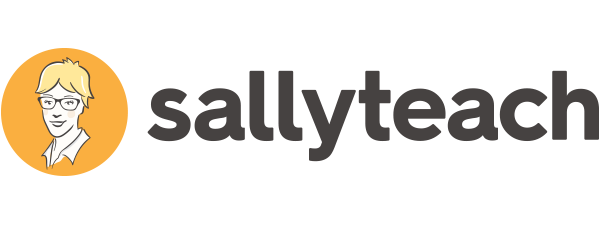Touch typing allows all children, but particularly those who have Dyslexia, learning difficulties or learning disabilities to focus on the higher order skills of creative thinking.
It frees up precious mental time for them to plan, compose and edit their writing because they don’t need to think about typing the words… their fingers do it automatically!
This is critical for children with dyslexia, dysgraphia and other learning difficulties or learning disabilities, as they often have very slow processing skills.
This means that they tire more easily than regular children because they need to work that much harder to achieve the same goals.
This is why Touch Typing is so important for your child if they do have learning difficulties.





